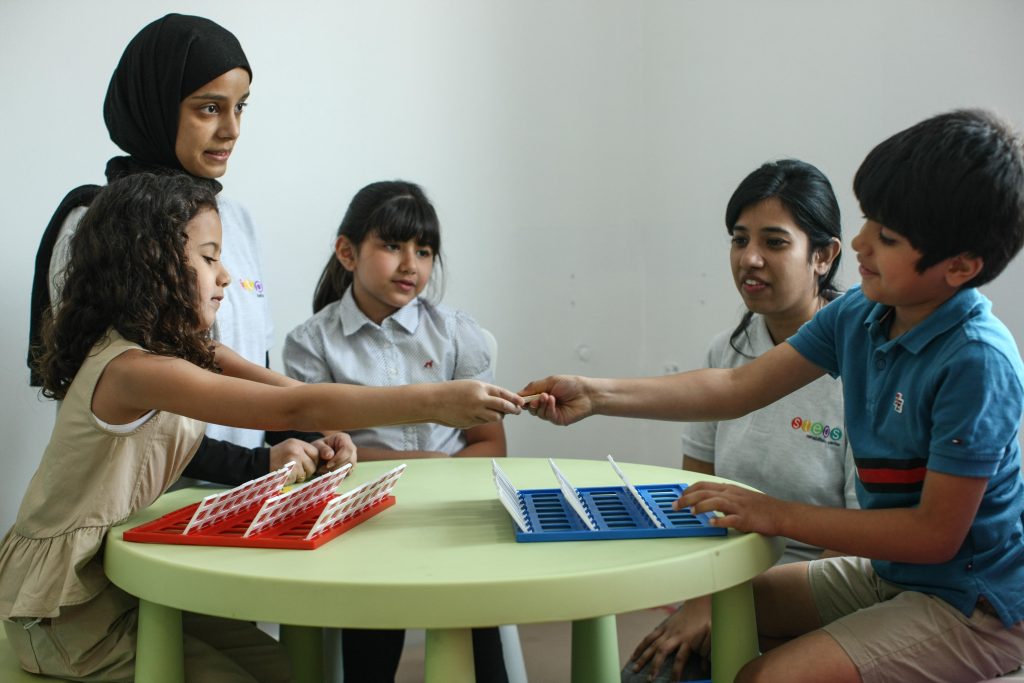Introduction





When to make a referral to the Speech Language Pathologist?
- Hearing impairment’s
- Cognitive or other developmental delays
- Weak oral Musculature
- Cleft lip or palate
- Language Delay’s
- Autism
- Motor Planning and Programming Difficulties
- Articulation and Phonological Disorders
- Fluency disorders
- Voice disorders
- Feeding and swallowing disorders
- Traumatic brain injury
Various Speech and Language Intervention Services
Communication intervention targets the acquisition and development of communication skills delivered directly during social‐communicative interactions between the child and another person. It incorporates verbal strategies to target the ability to use sounds, words and sentences to express oneself. The strategies range from naturalistic, child‐centered and developmental‐pragmatic approaches, to structured and more didactic methods.
Fluency is the aspect of speech production that refers to continuity, smoothness, rate, and effort. Treatment for fluency disorders is highly individualized and based on thorough assessment of speech fluency, language factors, emotional/attitudinal components, and life impact.
This program is targeted at infants who have delayed speech and language and are between the ages of 0-3 years. Early Intervention uses a child centered and naturalistic play-based approach, incorporating indirect therapy techniques. Parent/ caregiver training is essential in developing therapy strategies that are easily incorporated in daily activities by the family and caregivers of the child.
The focus of feeding and swallowing intervention is to maximize the current feeding and swallowing function, compensate for irreversible loss of function, assess and reassess changes in status, and educate and counsel patients and caregivers regarding the progression of the disorder and potential options, including non-oral means of nutrition.
Treatment strategies for social communication disorder focus on increasing active engagement and building independence in natural communication environments. One-on-one, clinician-directed and group interventions are used to practice skills in functional communication settings and to promote generalization. This program capitalizes on strengths and addresses weaknesses’ that affect social communication.
The focus of this treatment is on the motor production (articulation) and linguistic (phonological) aspects of speech sound production. Here, each sound error is selected by the clinician and targeted for correct production at individual sound level, word level, sentence level and during conversation.
Treatment focuses either on restoration of skills or compensation for deficits. Restorative treatment is aimed at improving or restoring impaired function and compensatory treatment is aimed at compensating for deficits not amenable to retraining. The ultimate goal of treatment is to maximize the quality of life and communication success, using a combination of approaches that best meet the individual’s needs.
